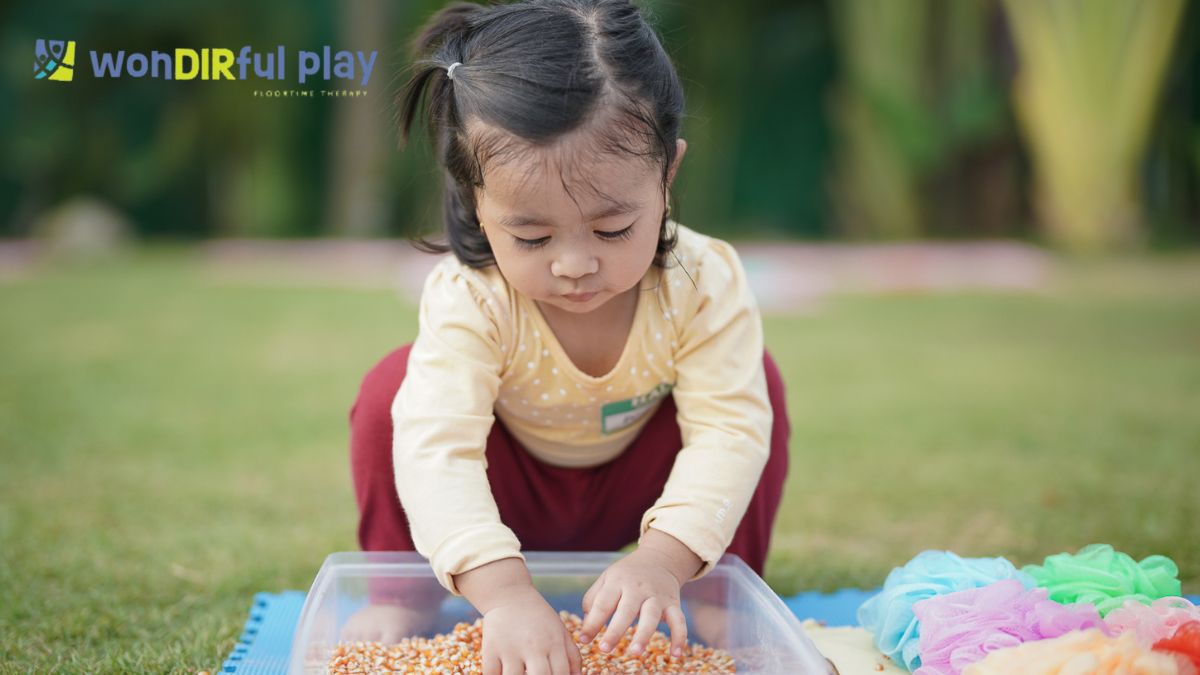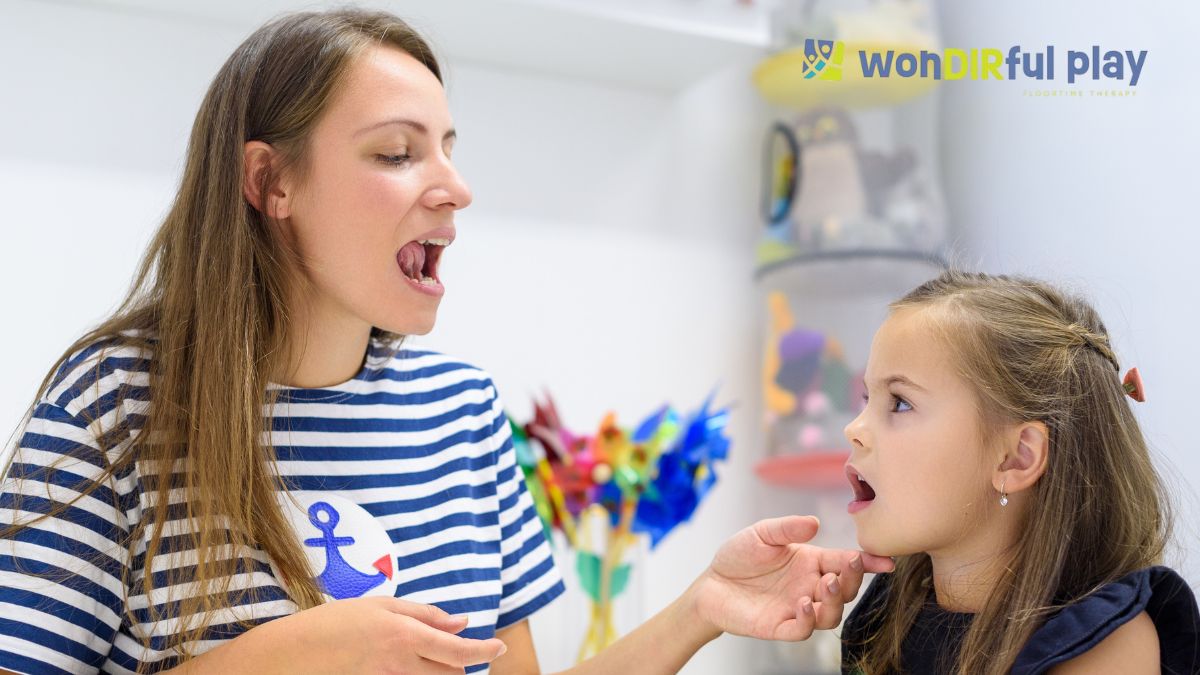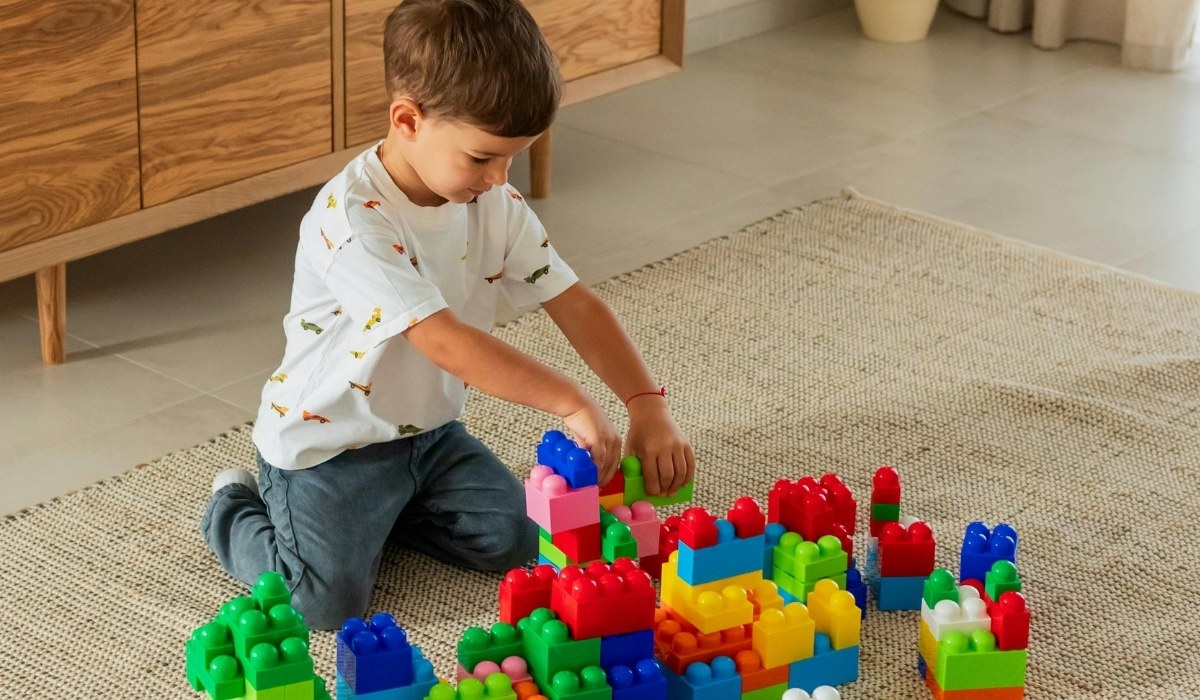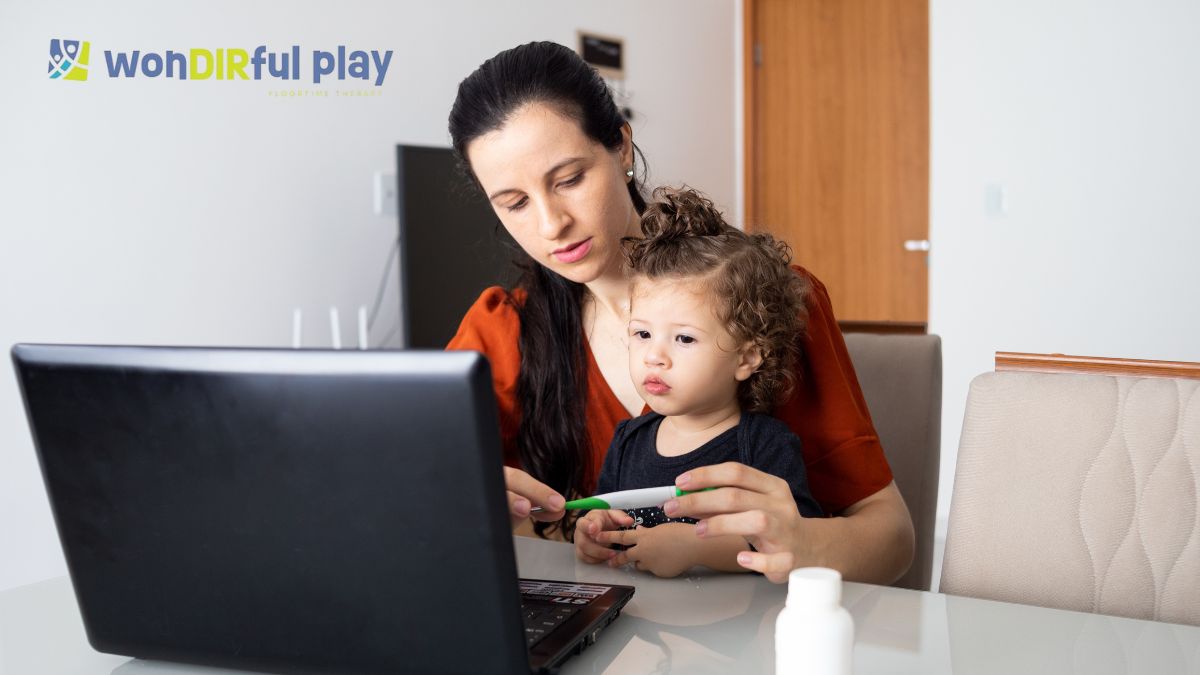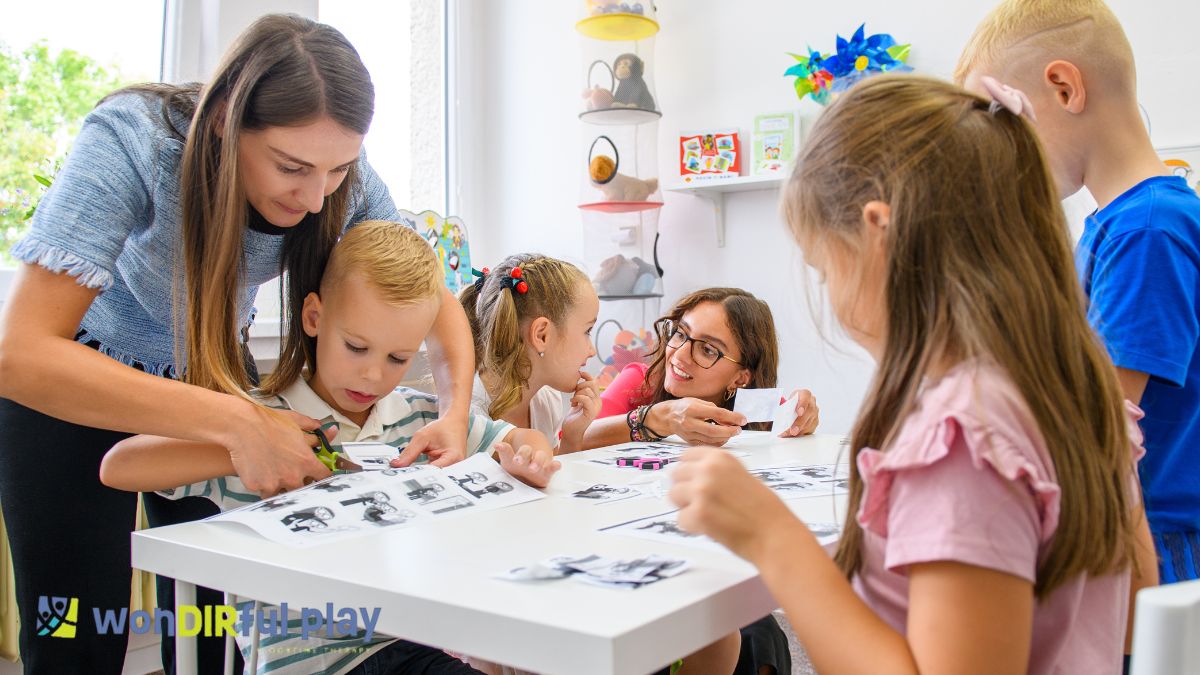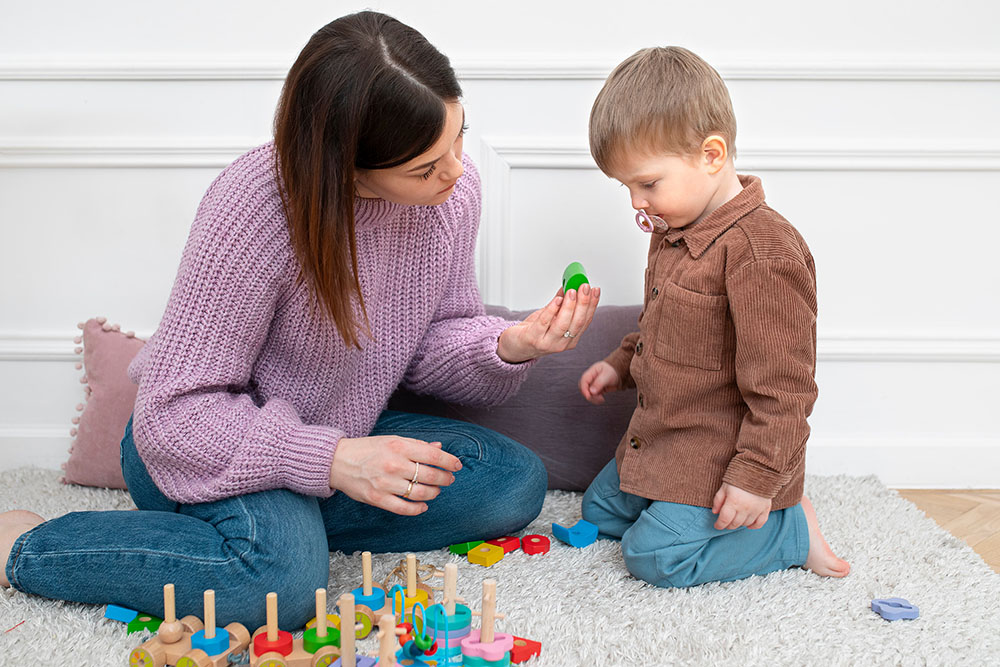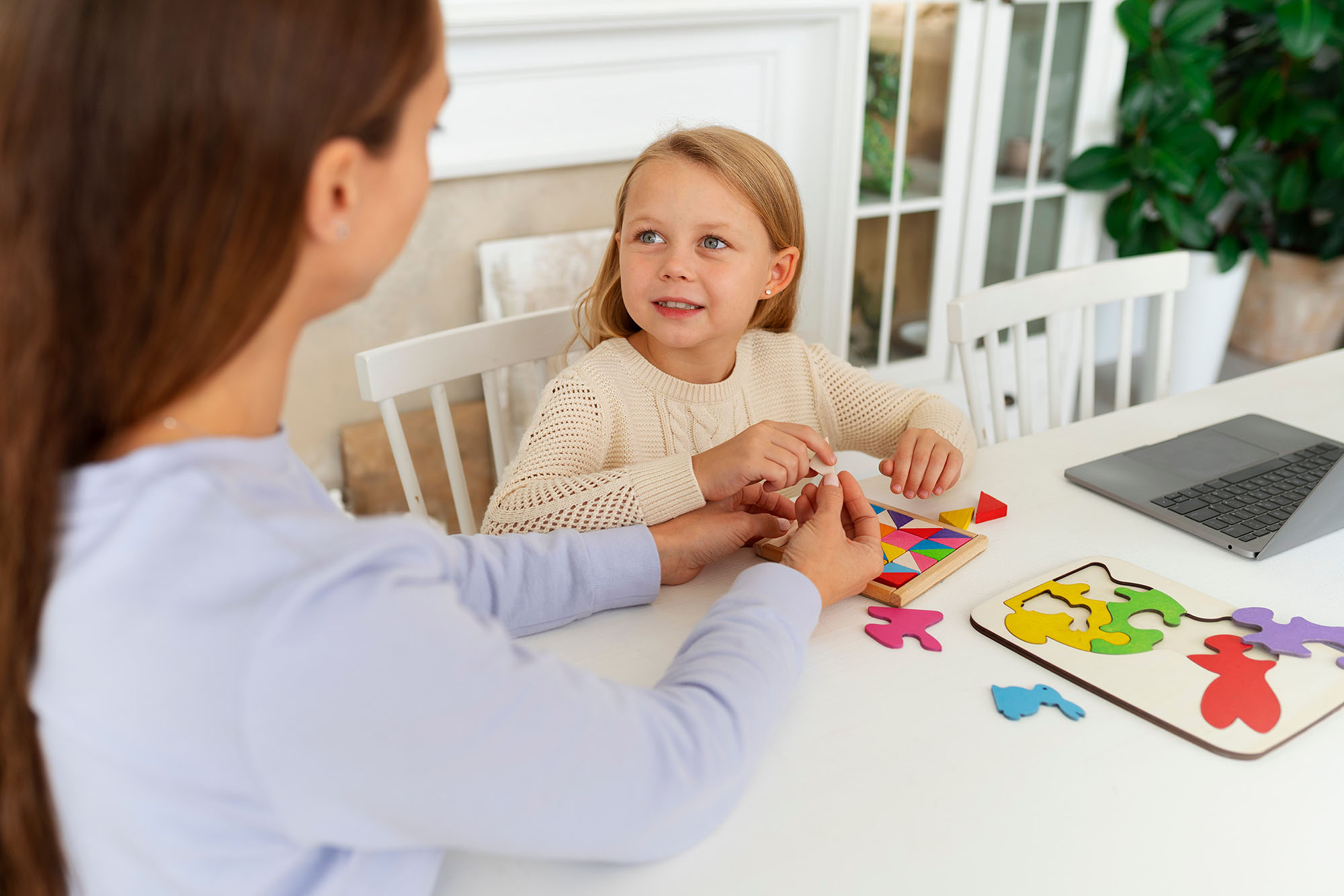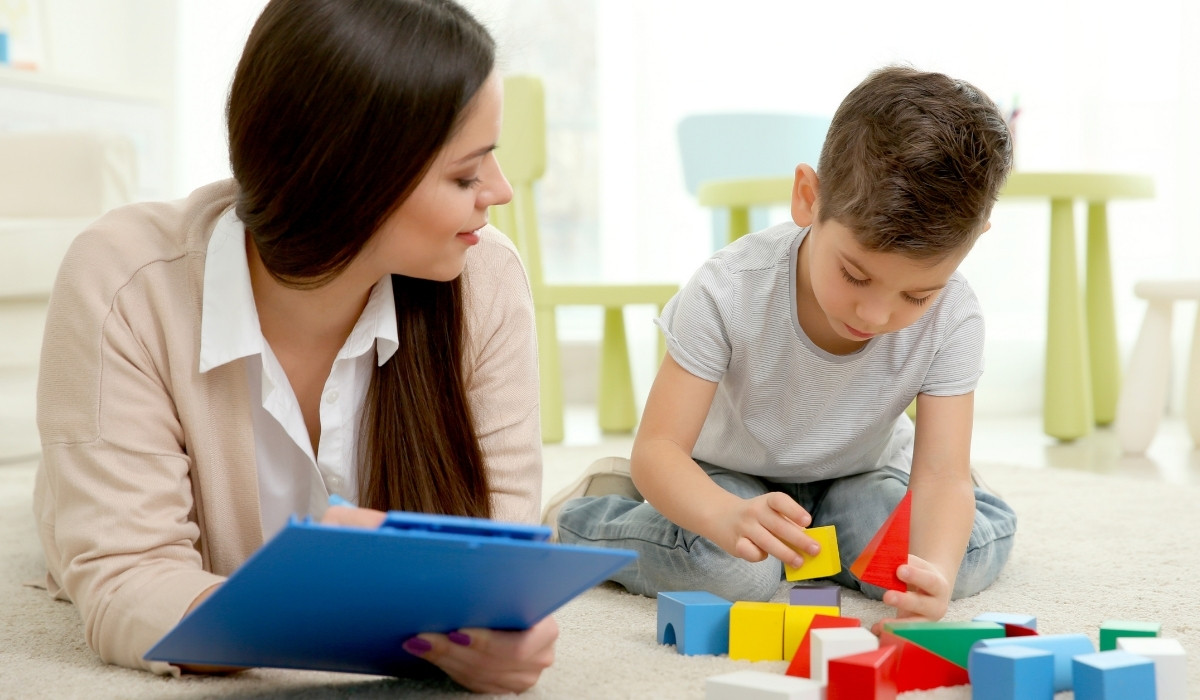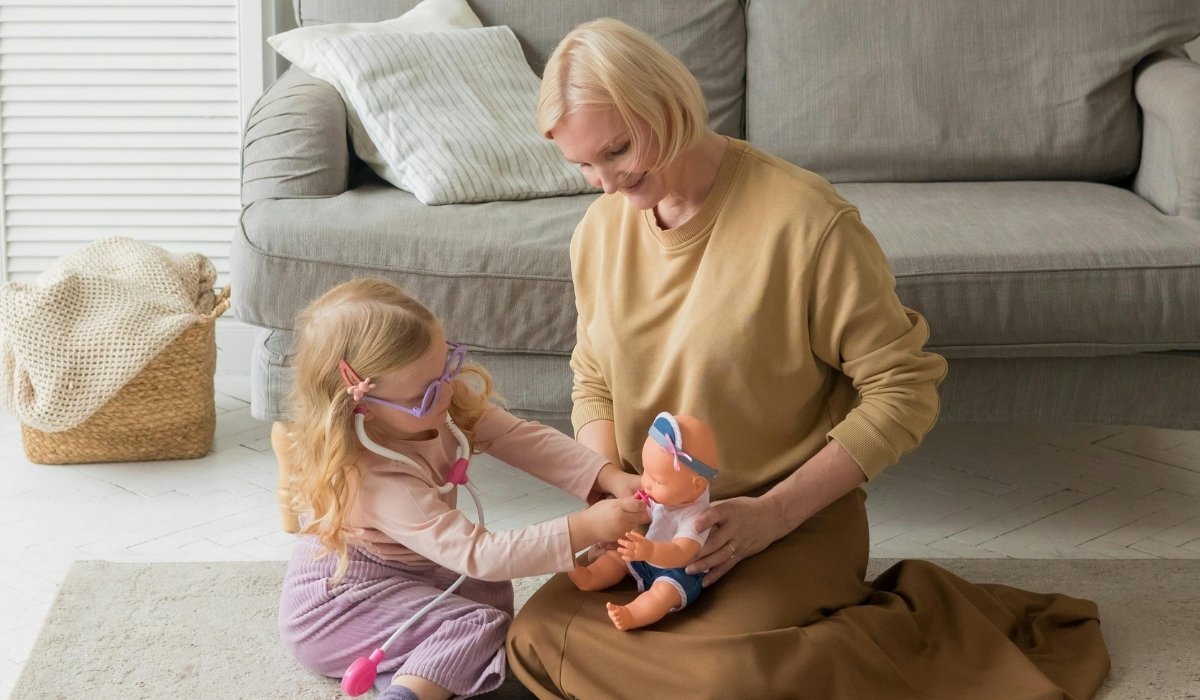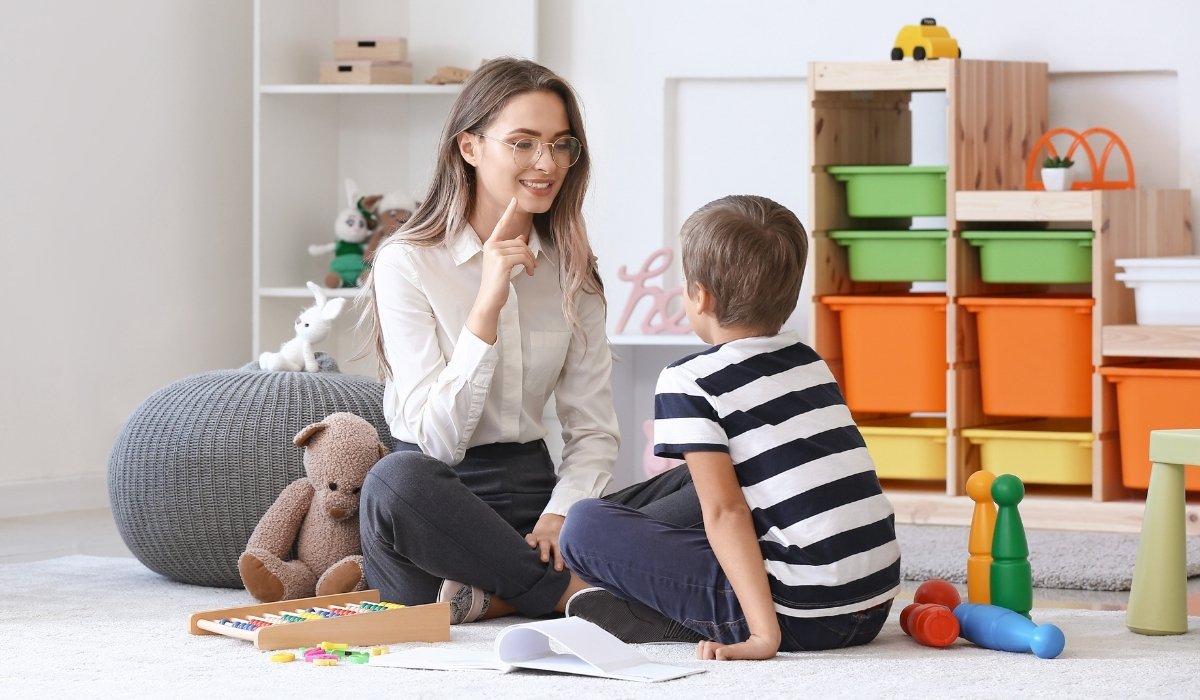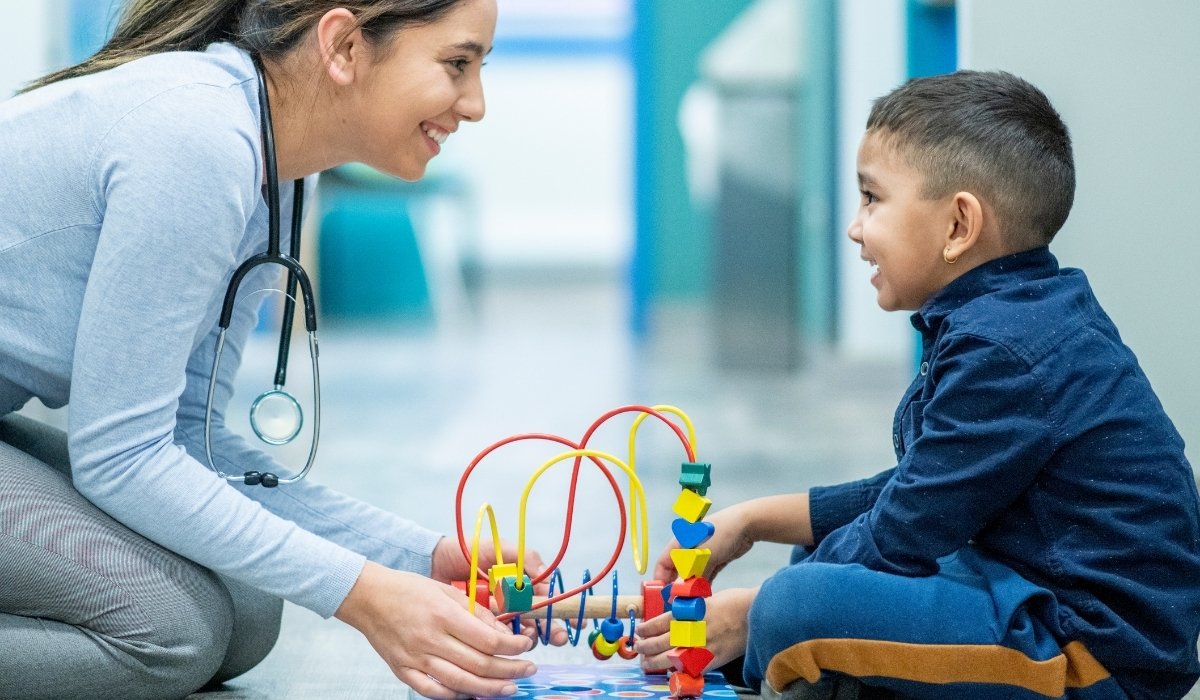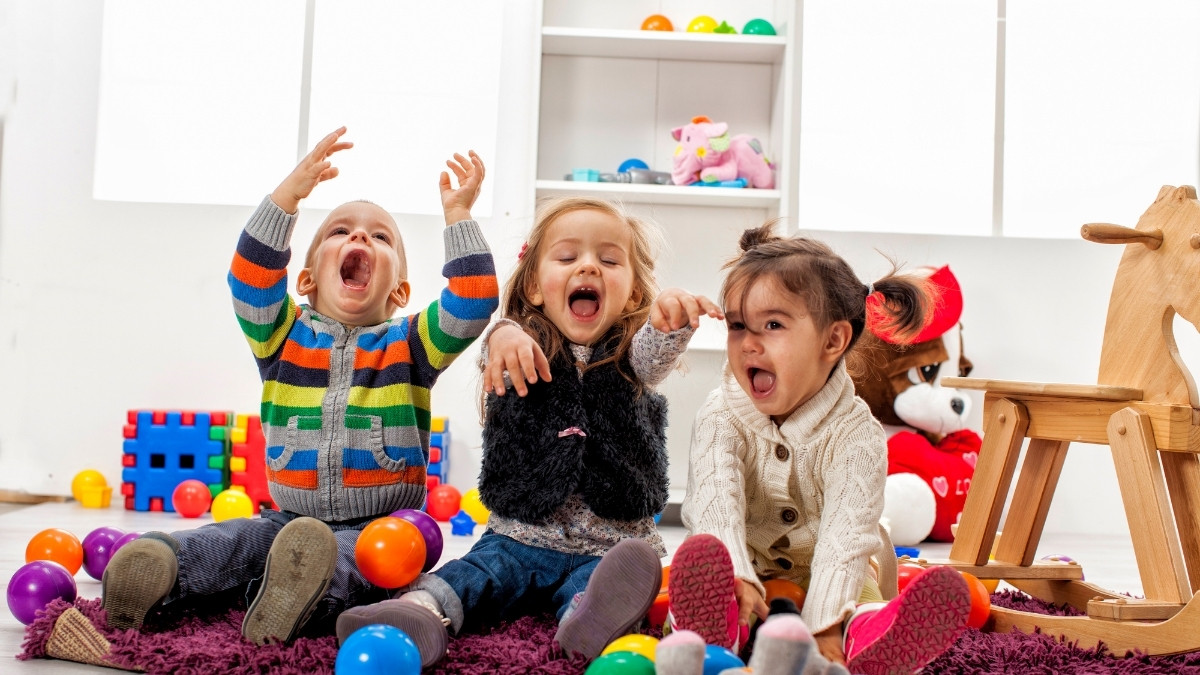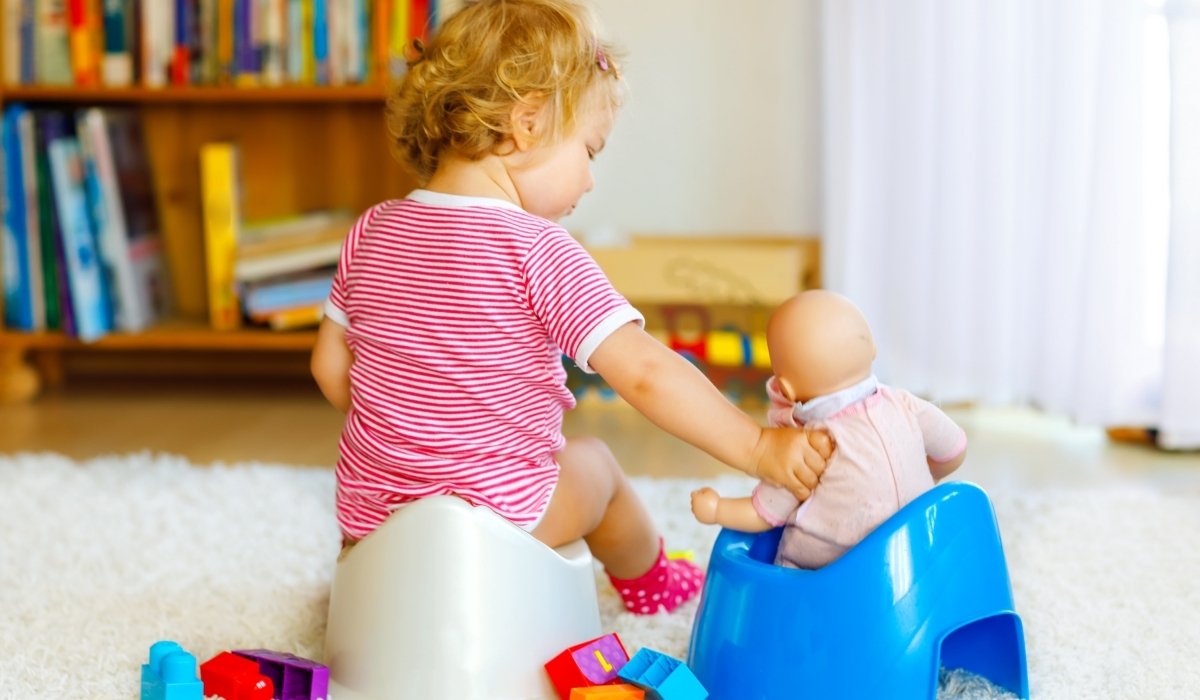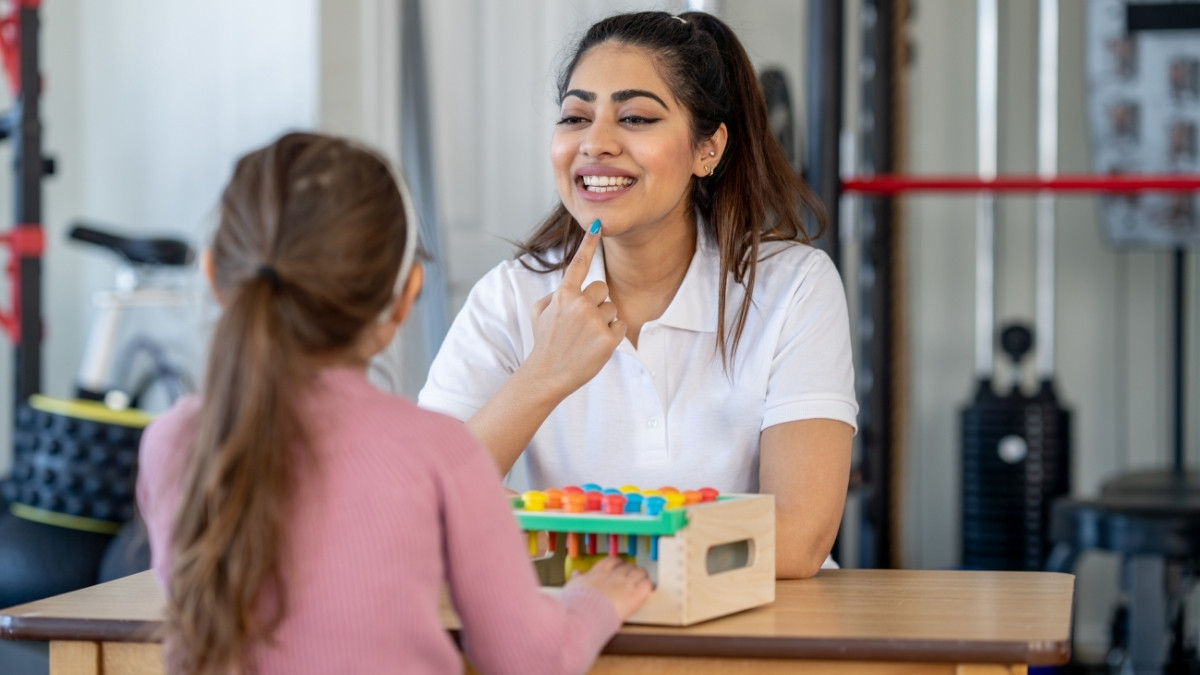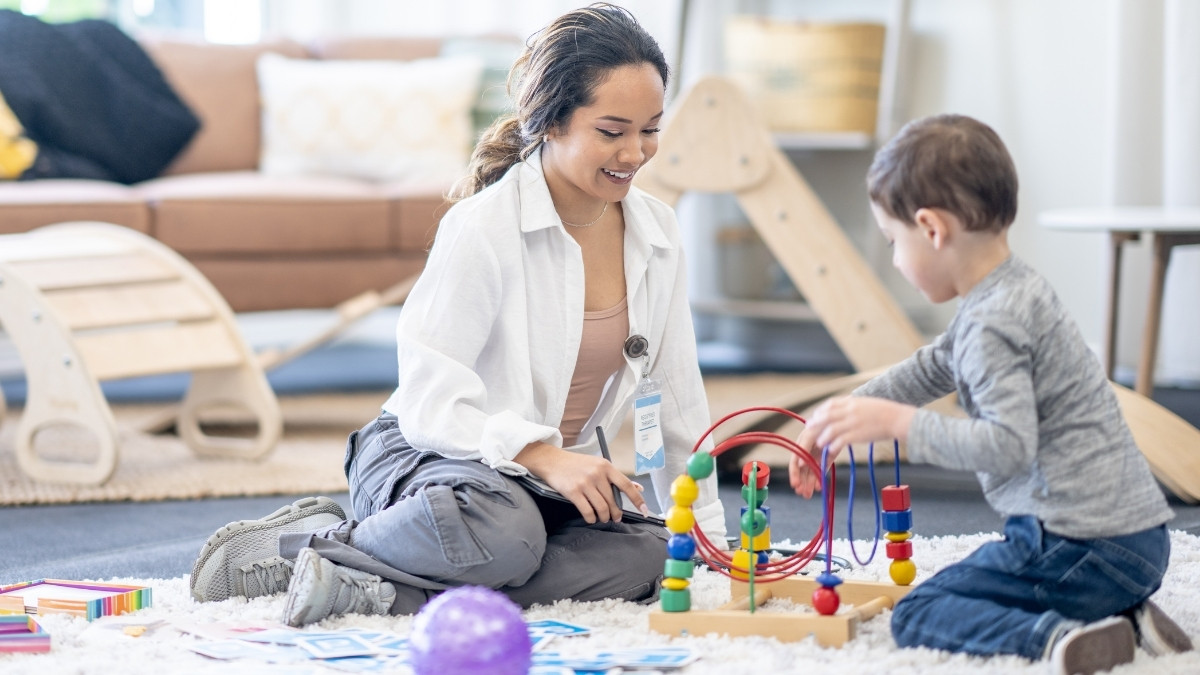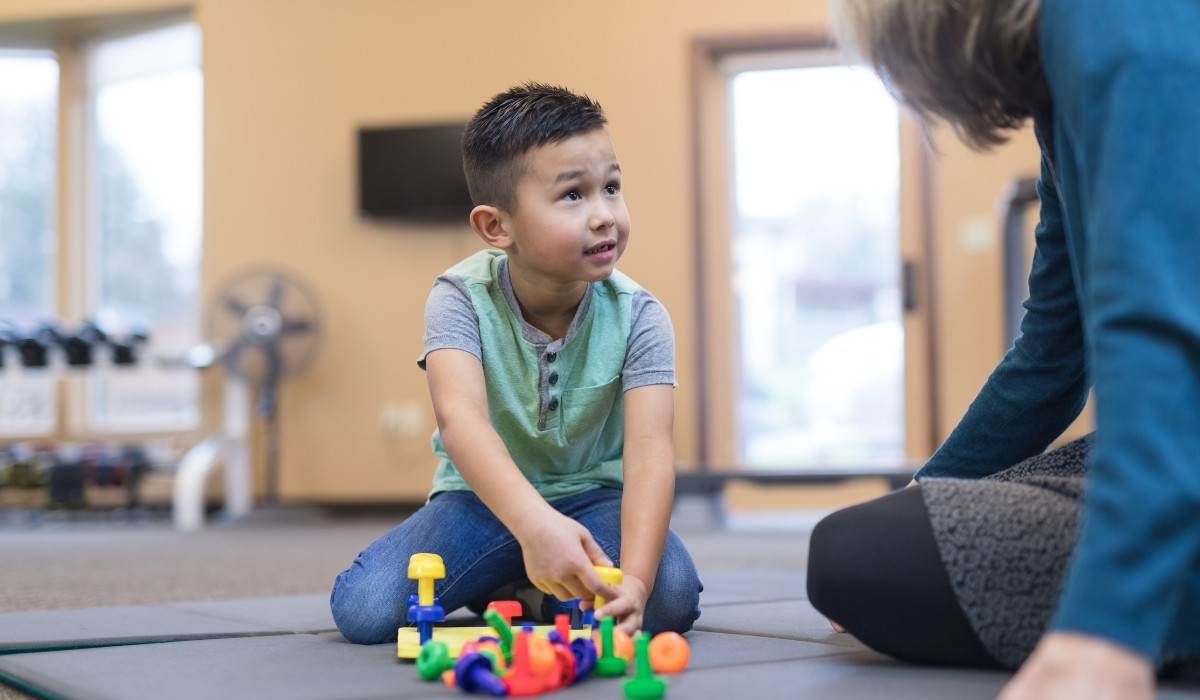Why DIR Floortime Works When Rewards and Consequences Don’t
October 29, 2025
Discover why the DIR Floortime approach succeeds where traditional reward-and-consequence systems don’t, offering deeper connection, emotional growth and lasting change.
-ink.jpeg)
Key points:
- DIR Floortime emphasises emotional engagement and relationship-building rather than external incentives.
- Traditional reward/consequence methods often miss the root developmental needs behind behaviour.
- A child-led, play-based approach fosters intrinsic motivation and long-term growth rather than compliance alone.
Many parents and caregivers find themselves frustrated when conventional behavioural strategies, such as offering rewards for good behaviour or imposing consequences for unwanted behaviour, fail to create lasting change. They may work in the short-term, yet the underlying challenges re-emerge. That is where the developmental, individual-difference, relationship-based approach known as DIR Floortime® (often simply "Floortime") stands apart.
Because it focuses on emotional connection, developmental readiness and following the child's lead, it addresses the deeper drivers of behaviour. In this article you'll understand how Floortime works and how you can apply its principles as part of the play-based services to support your child's growth.
-ink.jpeg)
What’s wrong with relying only on rewards and consequences
Rewards (stickers, privileges, praise) and consequences (timeouts, loss of privileges, reprimands) come from behaviour-modification theory: identify a target behaviour, manipulate antecedents and consequences, and expect change. Indeed, behaviour modification has a solid track record in altering observable behaviours.
However, there are limitations when this is the only strategy:
Focus on surface behaviours rather than underlying motivation
Behaviour-modification treats the behaviour as the target; it often does not explore why the child acts as they do (sensory differences, communication frustration, emotional dysregulation).
Dependence on external incentives
When the reward or consequence is removed, the desired behaviour may not sustain because the internal readiness or interest is missing.
Limited emotional engagement
Consequence-driven systems can feel adversarial, with less room for positive relational connection, which is foundational for growth in children with developmental differences.
Missed developmental readiness
If a child has not yet mastered earlier developmental building blocks (emotional regulation, shared attention, relating) then simply removing or adding consequences is unlikely to shift deeper capacities.
In short, while rewards and consequences can shape behaviour, they often do not build why the child behaves in a certain way or how to engage the child’s emerging capacities for social-emotional growth.
How DIR Floortime differs: the foundational principles
-ink.jpeg)
DIR Floortime is grounded in three core pillars: Developmental, Individual-Differences, and Relationship-based.
Developmental
Rather than beginning with tasks or drills, Floortime begins by meeting the child at their current developmental level. It guides the child through six emotional and cognitive milestones: from self-regulation and engagement, through two-way communication, symbolic play and emotional problem-solving. When these foundations are addressed, the child gains the readiness to build more complex skills.
Individual Differences
Floortime recognises each child's unique sensory processing, motor capabilities, interests, emotional style and pace of development. Interventions are tailored to the child's individual profile, not applying a one-size-fits-all consequence or reward system.
Relationship-based
At the heart of Floortime is the adult (caregiver or therapist) entering the child's world, in a playful, engaging way, following the child's lead to build connection, trust and emotional scaffolding. This relational bridge becomes the context in which the child can grow.
Because the approach builds from intrinsic motivation, relational trust and developmental readiness, it avoids the pitfalls of purely external behavioural systems.
Why Floortime “works” when rewards and consequences don’t
-ink.jpeg)
Here are key reasons why a Floortime approach succeeds where traditional behaviour systems often stall.
1. Addressing roots rather than symptoms
Rather than simply aiming to stop a behaviour (e.g., tantrums, avoidance, not following instructions) Floortime asks: Why is the child struggling? Perhaps the child has difficulty regulating emotion, is not yet engaged, or cannot comprehend the social-emotional intent behind adult requests. Research shows that Floortime improves core areas such as emotion regulation, social skills and self-regulation. For example, a recent study found significant gains in emotion regulation and social interaction for children who engaged in DIR-based play therapy compared with controls.
In this way, progress is more durable: the child becomes better able to engage, relate and communicate, not just respond to external prompts.
2. Builds intrinsic motivation and agency
When children lead the play and the adult follows, the child’s interest and choice are honoured. This creates a sense of agency (I choose to engage) rather than compliance (I do this because I’ll get or avoid something).
Over time that internal motivation underpins genuine self-regulation. Conventional reward/consequence systems may shape behaviour, but they can leave the child essentially passive: perform to avoid a consequence, rather than grow from an internal sense of relationship or interest.
3. Strengthening the “circles of communication”
Floortime emphasises opening and closing circles of communication: the child initiates, the adult responds, the child elaborates, and so on. That loop of engagement is built through playful, meaningful interaction, not through a token reward or consequence. As the child becomes more emotionally connected and communicative, behaviours change because the foundation for relating and thinking is stronger.
4. Flexibility and emotional resilience
Consequences and rewards tend to rely on rules and external structure. While that can work, children who have not built underlying regulation or self-management may struggle when the rules change or when they face novel situations. Floortime emphasises emotional resilience, creative problem-solving and social reasoning, qualities that support flexibility in real-life settings. Long-term follow-ups show that children in DIR Floortime programmes improved social, emotional and adaptive behaviour over time.
5. Partnership with caregiver promotes generalisation
One limitation of structured reward/consequence systems is the risk that the child only responds in the therapy environment or when the consequence is present. Floortime invites caregivers into the interaction, and emphasises that everyday play, relationship and connection are the vehicle for growth. That means generalization of skills into real life is more natural. Research on caregiver-implemented DIR shows that parent engagement correlates with better outcomes.
How to put Floortime into practice at home
-ink.jpeg)
Here are actionable pointers to incorporate Floortime principles alongside or instead of reward/consequence systems.
Create a play-rich, follower-led environment
- Set aside regular time (15-30 minutes) for dedicated play where you follow the child’s lead.
- Let the child pick an activity, space or toy that captivates them.
- Join the child’s activity by imitating, expanding it, responding emotionally, asking curious questions.
- Avoid abrupt shifts into adult-led tasks or immediate demands; instead gradually build engagement.
Encourage emotional regulation and meaningful connection
- When the child becomes dysregulated, resist jumping straight to consequence or reward. Instead pause, join their affect, and help them regulate (e.g., “You seem upset, I’m here with you”) then invite connection again.
- Offer choices rather than directives (within safe boundaries) so the child feels empowered.
- Notice and comment on the child’s internal state (“You picked that blue car because you like the colour”), reinforcing the connection between emotion, intention and action.
Follow the developmental ladder
- Pay attention to the child’s current level: Are they engaging at all? Are they communicating intentionally? Are they beginning two-way dialogues?
- Use the six DIR milestones as a guide: regulation → engagement → two-way communication → sustained interaction → symbolic play → emotional thinking.
- Target supports that meet the child where they are, rather than imposing higher-level tasks that may provoke frustration or behaviour issues.
Use behavioural supports as complementary, not primary
- If rewards or consequences are part of your routine, consider placing them in a supporting role rather than the centrepiece.
- Use them sparingly and intentionally, while placing more emphasis on connection, choice, play and emotional scaffolding.
- Monitor whether behaviour changes are sustained when external incentives are removed; if not, reinforce the play/relationship work.
Monitor progress and be patient
- Progress in emotional and relational capacity tends to be incremental, not immediate shifts. Longitudinal studies of DIR Floortime show improvements over 12-18 months.
- Celebrate small wins (increased engagement, longer two-way interaction, fewer shutdowns) rather than just visible “good behaviour”.
- Stay consistent in caregiver involvement, it matters.
Addressing common concerns
- “What if the child refuses to play with me?” Begin with very short sessions, doing the simplest joint engagement—mirroring their play, following their lead. Gradually build.
- “My child already has a reward system at school—can I still try Floortime?” Yes. Use Floortime at home for emotional-relational work, and let the behavioural system at school continue, with the aim of gradually shifting toward internal motivation.
- “Is Floortime replacing behavioural systems?” Not necessarily. It can work alongside behavioural approaches, but the focus shifts. Rather than being about compliance and external control, Floortime is about development, connection and growth.
FAQ
Can Floortime really work for children who have been using reward systems for years?
Yes. Even when a child has long been under a reward/consequence system, shifting toward a Floortime approach offers new growth paths. It may take time to rebuild trust in play-based connection but evidence shows improvement in emotional regulation and social skills.
How long should I do Floortime at home to see benefits?
Recommended sessions might begin at 15-30 minutes, 1-2 times daily, over months. Research with 23 Twenty-minute sessions already showed significant gains. Full progress often emerges over 12-18 months of consistent engagement.
Does using Floortime mean I must abandon consequences altogether?
No. You can keep logical consequences and structure, but shift your main energy toward play-based, child-led interactions. Use consequences as backup rather than primary. The priority becomes building connection, regulation and intrinsic motivation rather than relying solely on external control.
Move Beyond Rewards, Build Lasting Change Through Connection
If consequences and rewards feel like an endless loop, it's time for a new path that actually fits your child's world. At WonDIRfulPlay, we help families uncover the emotional and sensory roots behind challenging behavior, because real change starts with understanding, not punishment. Our DIR Floortime specialists guide you in turning power struggles into opportunities for trust, calm, and connection. You'll learn how to use play, attunement, and co-regulation to build behaviors that last beyond therapy. Schedule a consultation today and discover how connection, not control, can transform frustration into steady, meaningful progress.
Recent articles




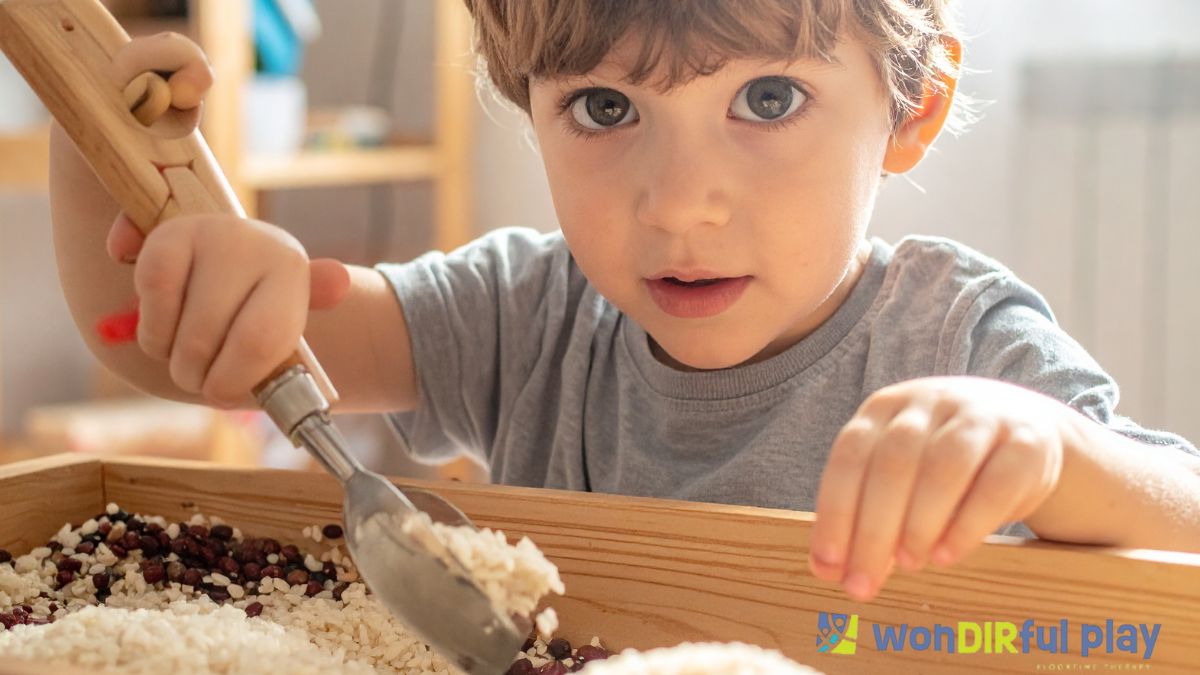
-ink.jpeg)
-ink.jpeg)
-ink.jpeg)
-ink.jpeg)
-ink.jpeg)
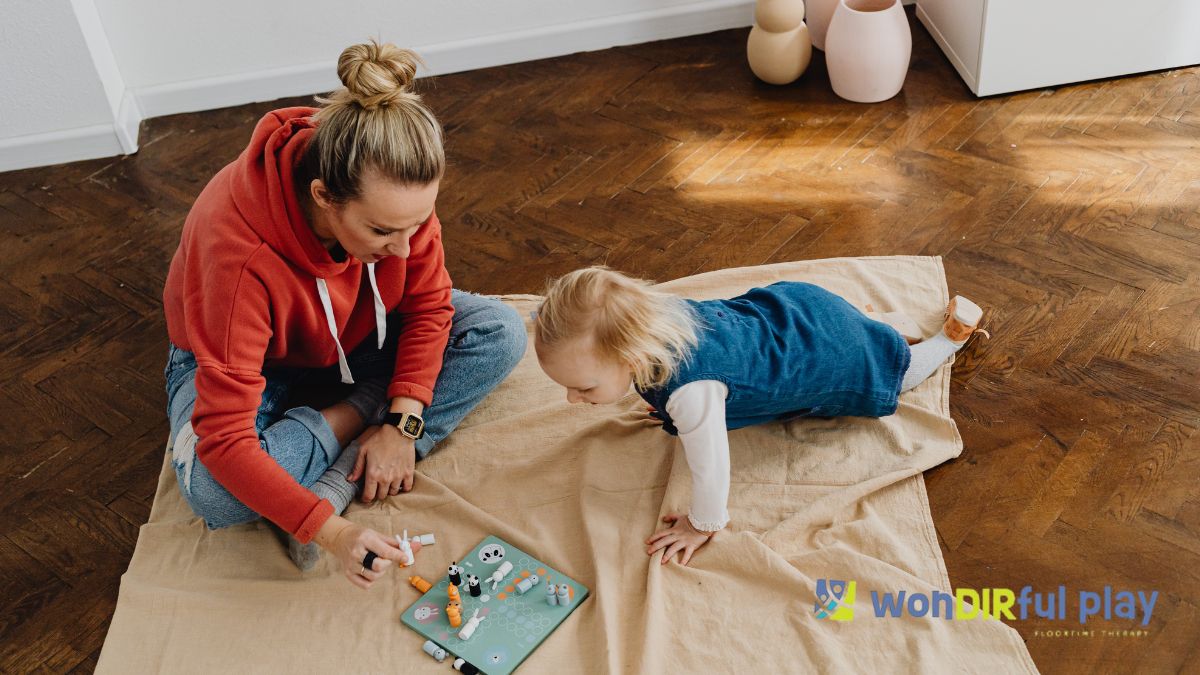
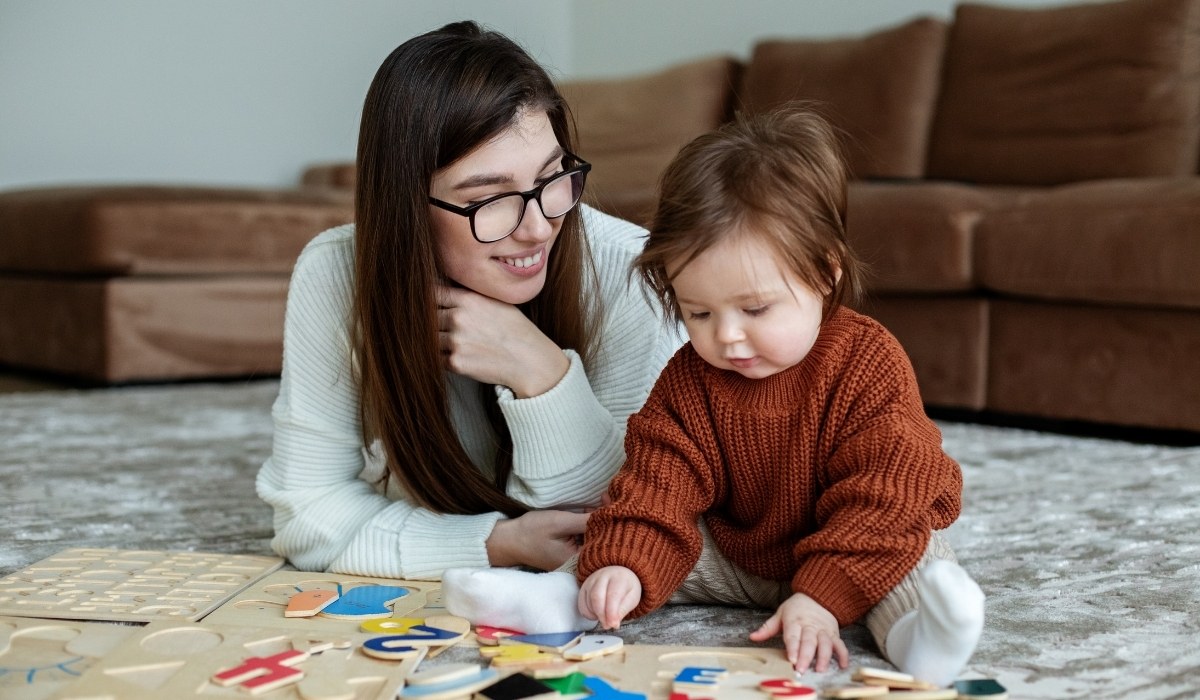
-ink.jpg)
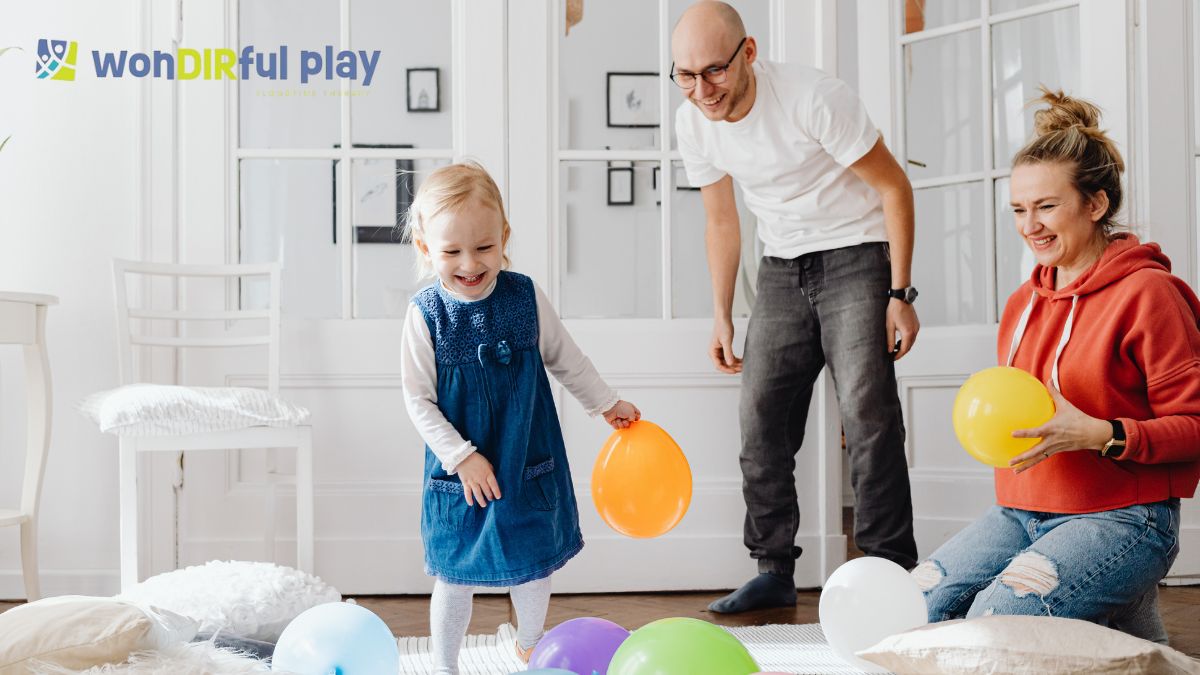
-ink.jpeg)
-ink.jpeg)
-ink.jpeg)
